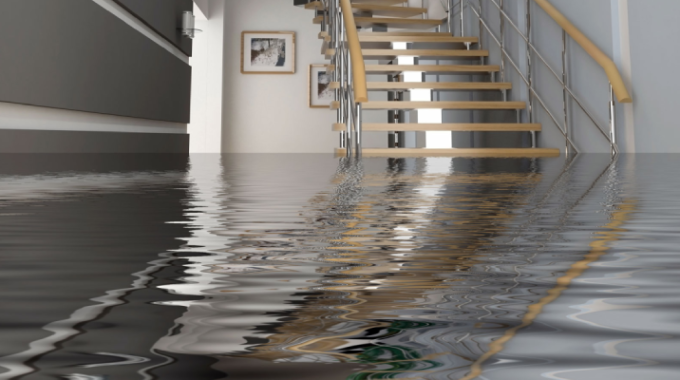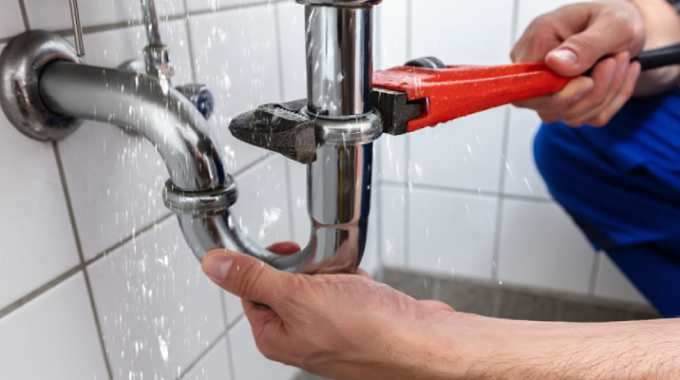Whether you’re facing a burst pipe or a leaking roof, excess water can very quickly…

Why Does My Toilet Keep Running?
After you flush, your toilet should run for a while to refill the tank, before the noise of running water stops. However, you may sometimes hear water running far longer than it usually does. Leaving your toilet alone while it runs can be problematic: not only can it be a nuisance, it could also add to your water utility bills by wasting up to hundreds of gallons of water a day.
In many cases, the solution is a simple and easy fix – for example, your flapper chain may be tangled and just needs to be straightened out. If you cannot identify the reason behind the noise though, or if you discover an internal water leak that you cannot fix on your own, it’s important to get in touch with the licensed and bonded plumbers at Arch Plumbing right away. For many years, we’ve helped families and businesses in the Bay Area and beyond resolve toilet plumbing emergencies, so call us today at (415) 375-0302 to schedule your inspection.
How does a toilet flush work?
If you’re assessing a constantly running toilet on your own, here are the basics everyone should know. When you press the flush handle, a chain lifts the flapper (Also known as the flush valve) that sends water rushing from your toilet tank into the bowl. At the same time, a plastic float drops as the tank empties out. This is connected to the fill or float valve, which opens when the float is down and sends water to refill the toilet bowl. Once the tank is empty, the flapper drops back down, sealing the tank so it can be refilled. The plastic float rises with the rising water until the float valve is shut off, and any excess water is drained from the tank through the overflow tube to ensure the level never gets too high.
A toilet that keeps running could be caused by problems in any of these parts, causing water to flow into the bowl. The parts are often more sensitive than most people realize, and even hairline cracks can compound over time to cause more serious problems.
- Toilet handle/Flapper chain – If you need to jiggle the handle to stop a toilet from continually flushing, the flapper chain may be the issue. A too-long chain can get caught under the flapper seal, while a too short chain will keep it from sealing off the tank. If your flapper chain consistently gets tangled, it might also be time to replace it with a less problematic model.
- Flapper seal/Flush valve – Cracks in the seal can result in leaks.
- Float – The float level needs to be set correctly to shut off the float valve, and the current float level may be too high. A broken float can also take on water and not float to the right level, causing the float valve to stay open.
- Float/Fill valve – There are many parts to the fill valve, any of which may need to be replaced if compromised.
- Overflow tube – The overflow pipe can leak if the water pressure in your tank is too high, or if it’s broken.
Replacing or fixing any broken parts can help solve most problems, but if all your parts are fine and have been installed correctly, it’s probably time to call in a licensed plumber who can perform a thorough inspection and determine the cause of the issue then solve it for good.
There may be underlying maintenance problems or other issues with your toilet that can be quickly addressed in one visit. Arch Plumbing is a family owned and operated business, and we treat every job as if it were one of our own. If you’re facing plumbing issues, don’t hesitate to give us a call at (415) 375-0302 today to schedule an inspection.



